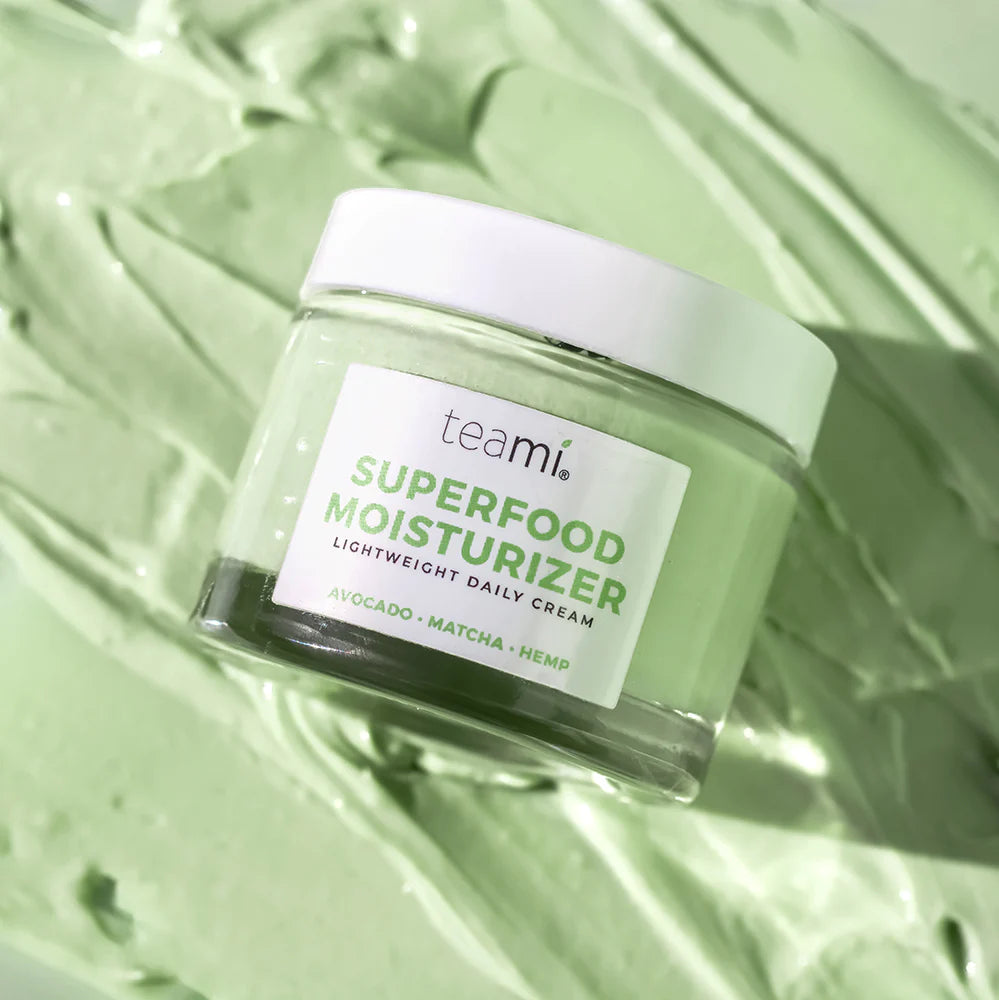Never Tried White Tea? Here's What You Are Missing
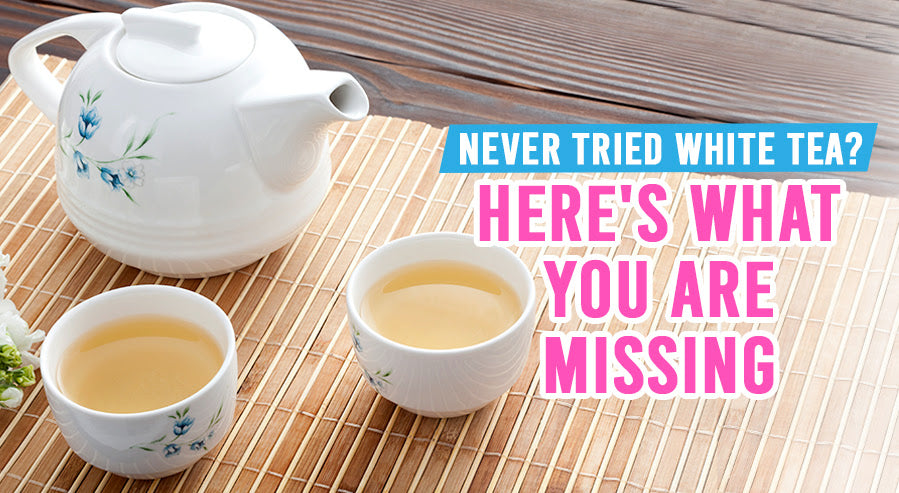
White tea is one of the freshest and cleanest teas you can find worldwide. What makes it special? The exclusive white buds! We pluck these little guys early in the morning, giving their flavor a soothing and unique taste you won't find in stronger teas like black or green.
So, what exactly makes white tea different? It's all about how we make it. Remember - simple is best! The way we pick it, the timing, being careful with how much we let it air out, and getting the drying process just right keep that nice, clean taste. It stands out from the crowd, doesn't it?
To truly get white tea, you need to know its background. We need to learn about how it's grown, what it's got inside that makes you feel good, and how it can help your health.
Let's talk about what it is and how it works, as well as its health benefits!
Where is White Tea Made and What's Its History?
White tea started its process way back in the Tang Dynasty from 618 to 907. But do you know? It wasn't until the 1700s that it looked like the tea we drink today. This change started when some clever people in Fujian, a region in China, started to make lots of it. They made the tea from a plant called Camellia Sinensis. The best time to pick the leaves for tea is once a year in spring--from mid-March until the beginning of April. It sounds choosy, right? Well, they also liked to make sure it didn't rain at all during the harvest.
By the time the Song Dynasty came around, from 960 to 1276, white tea had become a high-class item in China. Royalty loved white tea and found it special - not too different from owning a fancy car these days! Interesting fact for you: Emperor Huizong from 1107 to 1110 went head over heels for its one-of-a-kind flavor. He loved it so much that he painted a picture of tea in his artwork "Treatise on Tea."
Now, how does one make white tea? People gather fresh tea leaves, press them into cakes, and then separate them to make tea.
The British first tasted white tea in 1876. But believe it or not, they thought it was black tea! That's because it didn't go through a steaming process that's standard for green tea.
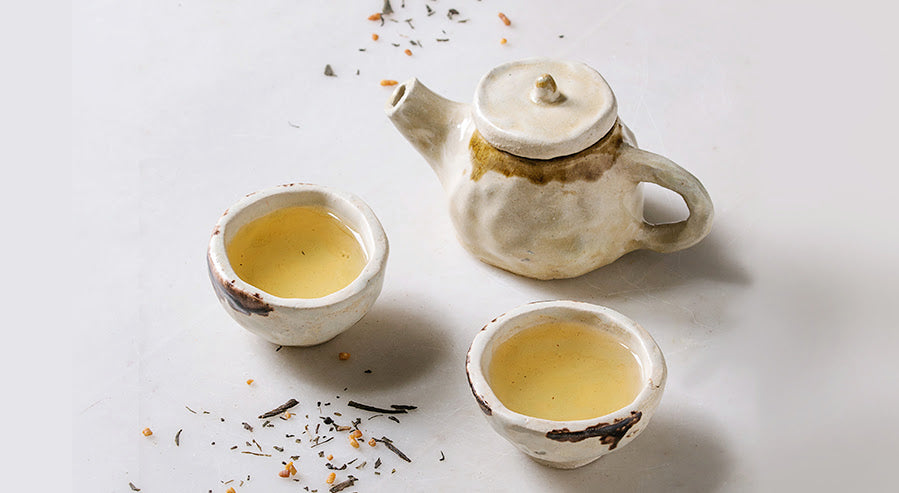
Talking about the best white tea, have you heard of Silver Needle? Also known as Bai Hao Yin Zhen, it's a really good white tea, and it started out in the 1700s in Fujian--yes, the same place that decided what real white tea should taste like.
One thing putting white tea head and shoulders above other kinds of tea is how it's prepared. This method keeps its light flavor and clear color - don't be fooled, though; it's anything but dull even though it's a light look.
You're probably thinking white tea is a Chinese thing. You'd be wrong! Nowadays, you can find white tea in Taiwan, Eastern Nepal, Thailand, Sri Lanka's southern parts, and northeast India. Over there, they focus on drying the young tea buds and leaves super fast to stop them from turning brown--sort of like not letting an apple go brown once it's cut. This gives the tea a delicate flavor that tea masters and first-timers both love.
What's So Special About White Tea?
White tea is pretty special because of how it's made. It's just picked, then left alone to dry. Sure, all teas come from the same plant, but what we do with them after we pick them really makes a difference. With white tea, we don't do much - and that simplicity gets us some really complex results!
You might think white tea would have an easy flavor; look at it; it's pretty plain. But take a sip. You'll notice something–it's not as simple as it looks! It starts off with a subtle flower taste. Then, it transitions into a gentle hint of nuts. Surprised? I was, too! look into
Now, here's a fun fact - have you ever compared it with other teas? I mention this because you might find something interesting: white tea has some benefits, but others don't!
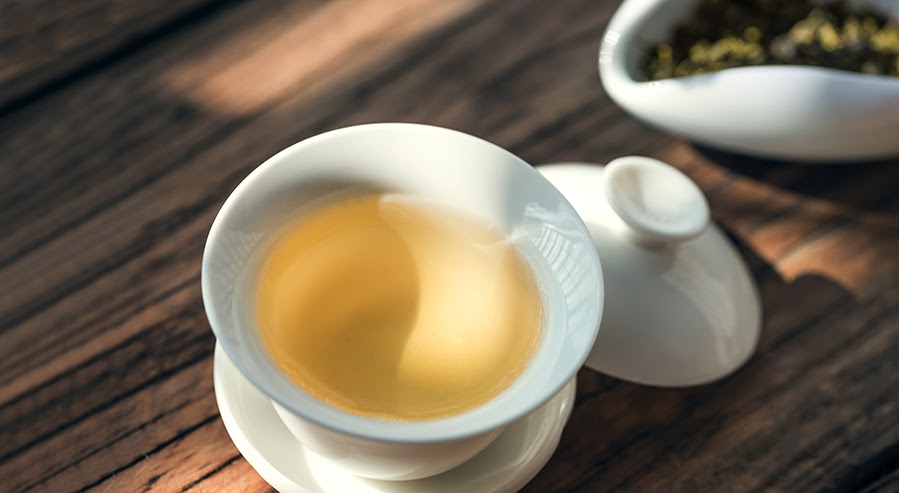
Speaking of benefits, let's talk about health benefits. You see, white tea is filled with antioxidants, which makes it super good for you. Remember that I mentioned the casual drying process for white tea? It turns out that's what helps keep all those healthy compounds around as opposed to other, more processed teas! It might make you look younger, boost your immunity, and could possibly even help in the fight against cancer.
Now, imagine you're having tea with friends. Many might lean towards green or black versions but don't forget to remind them about the awesomeness of white tea. It's like a fine wine - complex even though it's simple and packed with benefits to boot! Also, how it's made is pretty unique. Don't you think it says a lot about the character of white tea?
White tea displays simplicity and complexity, which is not a combo you see every day. It offers a ton of health benefits. But more than just quenching your thirst or relaxing you, this simple drink serves up an impressive experience. It champions health like no other, which makes it a notch above all others. And that, my friends, is the magic of white tea!
A Look into the Flavor Profile of White Tea
What gives white tea this unique feel? It comes from a really simple process that packs a big punch of flavor. From the first sip to the last, you're in for a treat with flavors that can surprise you.
But what about green tea? It's pretty popular, right? But its flavor is quite different than white tea's. Instead of the smooth, gentle taste of white tea, green tea is more like an earthy, rich experience. It's like choosing a juicy steak over a refined, gourmet meal - both are great but appeal to different tastes!
Then, you have black tea. Picture this - if white tea is a soft feather, black tea is more like a heavy wooden block. There's a strong, strong taste that doesn't even come close to the subtlety of white tea. Black tea leans towards a more malty, proper flavor. It's like having a strong cheese: sharp, tangy, and memorable.
Have you ever tried oolong tea? It's one of those tastes you don't forget! Once you have a sip, oolong tea wakes up your taste buds with powerful flavors. Unlike the gentle whisper of white tea, oolong is strong - think of it like a rocking concert blaring right from the get-go.
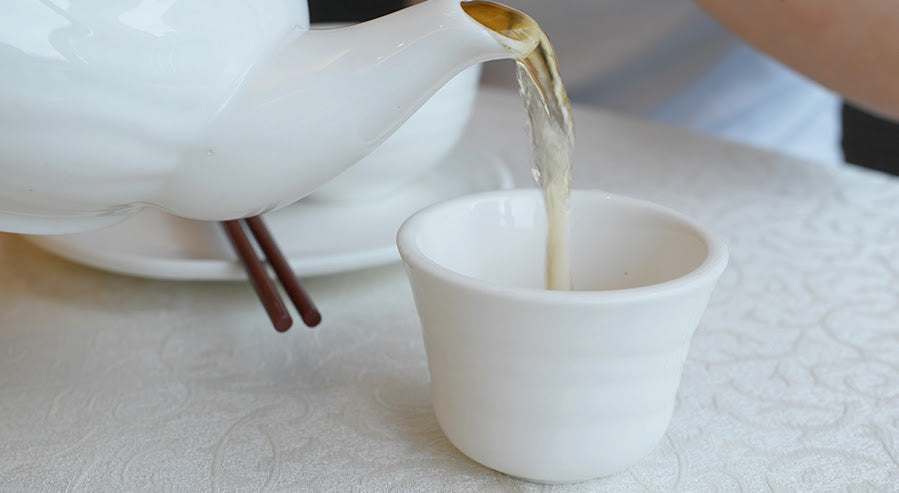
White tea, on the other hand, is another ball game. You have to taste it to believe it. Its flavor can play tricks on your palate, teasing with notes of sweet peaches or a sudden hint of roasted almonds. Each sip of white tea is like a guessing game - you're never quite sure what's coming next!
Speaking from my personal tea process, I've found something special in every cup of white tea. Unraveling those delicate flavors sip by sip is a thrill I wouldn't swap for anything else. Doesn't that make you want to give white tea a try? Come and join this exciting adventure of flavors. No other tea comes close!
The Attractive Health Benefits of White Tea
Let's chat about white tea for a minute. Did you know it's famous for being awesome for your health? Lots of scientific studies back this up. The Journal of Food Science said it's loaded with catechins. Now, you're probably wondering, "What on earth are catechins?" Well, they're what gives white tea its high level of antioxidant activity.
Now, why do we want these antioxidants? Great question. They neutralize those pesky free radicals that can lead to things like chronic diseases. It's kind of like white tea superheroes fighting off the villains inside our bodies.
The benefits don't stop there, though. White tea might even ease chronic inflammation. The Journal of Inflammation shared some info in 2012 about how white tea could inhibit two important proteins required for inflammation (those bad boys that cause pesky issues like heart disease, arthritis, and cancer).

And heart health - white tea's got our backs in this department, too. In 2019, the Chinese Journal of Natural Medicines showed how white tea can help lower cholesterol and triglyceride levels. And those high lipid levels? They can lead to heart disease. So white tea is kind of like an armor shield for our hearts.
What if I told you it also helps with skin health? That's right! Research in the BioMed Research International journal suggested white tea could give you that youthful glow back. The antioxidants and anti-inflammatory benefits might even smooth out some wrinkles. How about that!
Now, hold onto your tea cups for this bombshell. A 2009 study at Kingston University in London hinted that we might find anti-cancer properties in white tea. We're talking about blocking cancer cell mutation and growth. Isn't that wild?
How to Brew Your Perfect Cup of White Tea
Brewing a great cup of white tea requires care. Overstepping is a matter of a few degrees. It's important to stick to a temperature of around 160°F to 170°F or about 71°C to 77°C. If the water is too hot, your tea might turn bitter. Wondering how I brew an excellent cup? I make sure I meet these exact conditions.
Water quality greatly matters. For the very best taste of white tea, give purified or filtered water a shot. It's true. This type of water enhances the flavor profile of your tea. Of course, using tap water or distilled water won't ruin your brew. But they can affect the flavor negatively.
The time you let your tea steep matters, too. Try steeping your tea between 1 and 3 minutes. This lets the tea release its flavors nicely. Do you love a stronger taste? Just steep it a bit longer - about 5 minutes should do. At the end of the day, how long you steep the tea comes down to what you like. I personally try to make a cup that matches my taste.

You can do more to make white tea taste even better. Have you tried adding natural sweeteners? Think honey or agave syrup. But remember to add them in moderation. You wouldn't want to hide the original flavor of the tea.
Now, let's be real; getting the hang of brewing white tea is about striking a balance. It's a mix of keeping it simple and trying new things.
And a final secret to bring out the rich flavors - let your tea cool down a bit before you drink it. It enhances the taste. Have a sip, and you'll see what I'm getting at. But like I always say, the joy of drinking white tea isn't only in the taste. I believe it's about the process of making it, too.
Finding The Perfect Mix
White tea is more than a drink to sip on; it's a process of subtle, grassy flavors that make every taste bud happy. This tea is a favorite among people who like a lighter and flavorful experience. There's nothing like a cup of white tea on a lazy afternoon.
Do you know what's cool about white tea? It's a friend to our health. It comes packed with goodies called polyphenols that help fight off the bad guys in our body - the free radicals! Also, if you're someone who struggles with sleep, white tea could be your night-time companion. It can help you relax and catch that much-needed sleep. And guess what? It even gives your immune system a little boost to help fight off germs.
But hold on! White tea helps in managing weight, too. It supports your body's fat-burning mechanism and keeps your metabolism on its toes. Imagine having a cup alongside a healthy meal like grilled salmon or a crunchy salad! I can already feel the benefits amplifying.

Now, let's talk about Teami - that's us! We're all about teas and the magical blends they can create. Our expertise doesn't stop at helping with weight loss, improving sleep, bolstering immunity, or promoting good health in general. Are you bothered about your skin? We've got you covered. Our tea blends want to make your skin glow like a summer morning.
So here's the deal. We don't want you to just scan through our store. We invite you to be a part of our process towards health. We want you to experience the delicate flavors of white tea and join us in this health revolution. Let's become healthier together, shall we?
Subscribe to our Newsletter
Subscribe to our newsletter and get 10% off your first purchase
 Instagram
Instagram



